Did the Chicken or the Egg Come First? Scientists Have a New Theory
New study provides compelling evidence to tip the scales in age-old debate.

So which came first, anyway: The chicken or the egg? Scientists say they’ve found evidence to bolster one side of the age-old argument. A new study has found that the early ancestors of modern birds and reptiles may have given birth to live young instead of laying eggs. But researchers now say the chicken’s earliest reptilian ancestors—which lived millions of years before even the dinosaurs—may not have laid eggs as previously thought.
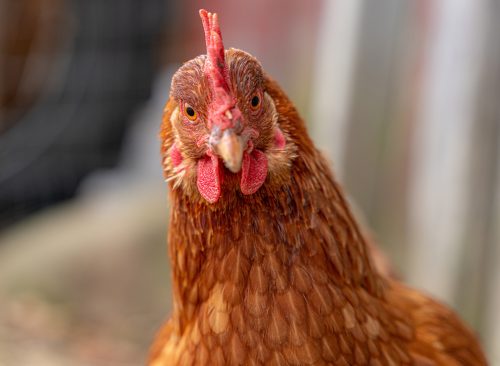
For years, scientists have held two beliefs about the evolution of birds:
- More than 300 million years ago, animals that laid eggs with hard shells had an evolutionary advantage that led to modern species called amniotes, such as mammals, lizards, crocodiles and birds.
- Egg-laying species evolved into live-birthing species like mammals—not the other way around.
The new study calls those fundamental holdings into question.
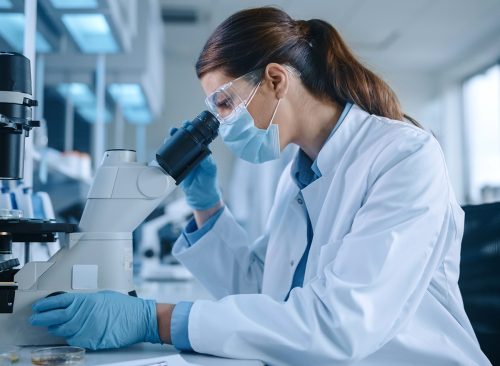
Researchers from the University of Bristol in the UK and Nanjing University in China found that some oviparous (egg-laying) species could have evolved from ancestors that were viviparous (giving birth to live young) and that species can move back and forth between those reproductive methods. The scientists studied 51 fossils and 29 living species that were classified as either oviparous or viviparous.
Modern birds, crocodiles, and turtles lay eggs when the embryo is at a very early stage of development; they develop within a laid egg before hatching. Mammals retain their embryos internally for longer periods, known as “extended embryo retention” (EER), before they’re born as live young.
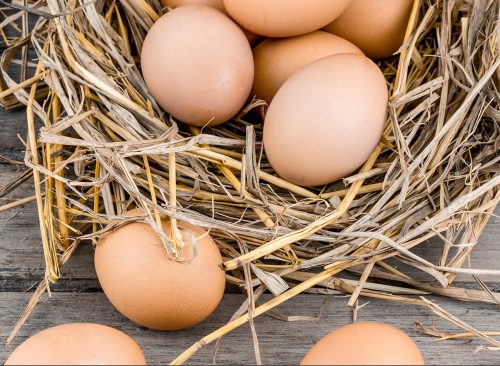
Previous studies have suggested that early amniotes were unable to retain their embryos internally. But the new study, published in Nature Ecology & Evolution, found that amniotes—including modern egg-layers like birds and crocodiles—have ancestors that gave birth to live young.
“The normal answer to the chicken-and-egg question is that obviously, the egg came first because every bird lays a hard-shelled egg all the way back to archaeopteryx [an avian dinosaur that lived around 150 million years ago],” said study co-author Michael Benton of the University of Bristol’s School of Earth Sciences. But the scientists made a discovery that challenged a key assumption.
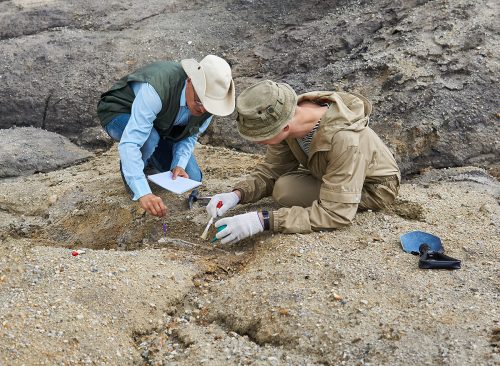
The researchers found that egg-laying was only one way that successful species reproduced. Said Benton: “We can be pretty sure many of the dinosaurs laid hard-shelled eggs way back in evolutionary time. [Our research] doesn’t change that, but it does change our assumption that the hard-shelled egg was a very early occurrence that was key to the success of amniotes. [There was] more of a diversity of reproductive modes, especially the ability to retain the young through EER.”
Fossils held the clues. “When we look at fossils, we find that many of them were live-bearers, including the Mesozoic marine reptiles like ichthyosaurs and plesiosaurs,” said study co-author Armin Elsler. “Other fossils, including a choristodere from the cretaceous [period] of China show the to-and-fro between oviparity and viviparity happened in other groups, not just in lizards.”
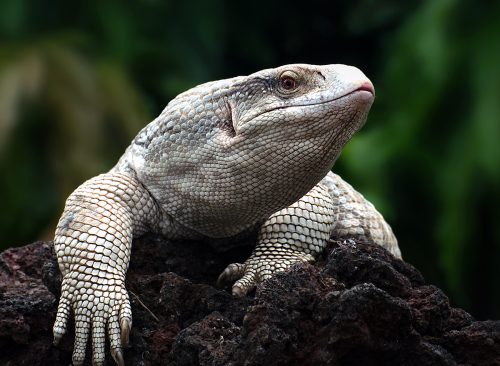
The standard view of evolution has been challenged, said Baoyu Jiang from Nanjing University. “Biologists had noticed many lizards and snakes display flexible reproductive strategy across oviparity and viviparity,” he said. “Sometimes, closely related species show both behaviors, and it turns out that live-bearing lizards can flip back to laying eggs much more easily than had been assumed.”














